By Thomas B. Blevins
South Africa in the spring of 1978 was a country besieged. The apartheid state was increasingly unpopular with its neighbors and unable to control its own restive black population. In the view of the white minority in power, the nation was not only beset domestically but under attack internationally by the Kremlin-aligned governments of neighboring countries. Anticolonialist movements were sweeping the Belgians from the Congo, the Portuguese from Angola and Mozambique, white Rhodesians from Zimbabwe, and the South Africans from newly renamed Namibia.
Instability in South-West Africa
The South African government’s most pressing problem was the province of South-West Africa. The region, called Namibia since 1968, had been entrusted to South Africa after World War I under the terms of a League of Nations mandate. South Africa had been tasked with preparing the inhabitants of the former German colony for eventual independence. Decades passed and South-West Africa for all practical purposes had been transformed into a de facto province of South Africa, its great natural wealth flowing into Pretoria’s coffers.
After 1945, South Africa’s mandate was converted into a United Nations trusteeship, with an accelerated timetable for independence. In 1966, the region was given up by the South African government, allowing South-West Africa to gain full and complete sovereignty. Power passed to the South-West Africa People’s Organization (SWAPO), which began to espouse a Marxist ideology to attract support from Third World allies. For white South Africans, the thought of losing a steady source of wealth to the Marxist SWAPO government was impossible to accept, especially with disorder and conflict currently raging in Angola, directly to the north.
Events in Portugal added to the instability of the region. Participants in the April 25, 1974, Carnation Revolution, a military coup by leftist officers, swiftly gained control in Lisbon. The new leftist government granted independence to all Portuguese colonies in Africa. The result in Angola was a political vacuum that energized the three armed forces already seeking Angolan independence. The Marxist Popular Movement for the Liberation of Angola (MPLA) under Augustino Neto, the National Front for the Liberation of Angola (FNLA) under Holden Roberto, and the National Union for the Total Independence of Angola (UNITA) under Jonas Savimbi all fought for an independent Angola—and ultimate control of the nation’s government.
MPLA, in control of the capital, Luanda, received substantial Soviet aid, along with the support of Fidel Castro’s Cuba. The Cuban troops sent to Angola functioned not only as a training cadre for MPLA, but also as independent battalions whose purpose was to stiffen MPLA in its fight against FNLA and UNITA. South African leaders viewed the increasing influx of Cuban troops as an armored revolutionary spearhead that ultimately would spread into Namibia.
South Africa Backs FNLA and UNITA
Pretoria saw an opportunity to gain influence with a new Angolan government by backing FNLA and UNITA forces and destabilizing the country’s Marxist regime. Several South African Army officers joined FNLA in Angola for Operation Savannah. On October 2, 1975, two battalion-sized FNLA units, designated Task Force Foxbat and Task Force Zulu, moved north from the Angola-Namibia border and came within miles of the capital of Luanda before being stopped by stiff Cuban and MPLA resistance. This cemented MPLA control of the country.
With the ascent of MPLA, UNITA tentatively joined FNLA to continue the guerrilla war in eastern Angola. Determined to crush the two groups, Neto negotiated an agreement between MPLA and SWAPO in March 1976. Marxist guerrillas would be given Angolan and Cuban training and protection in return for increased SWAPO influence across the border in Namibia. Neto hoped to divert South African aid from UNITA and FNLA and force the South Africans to defend the Namibia-Angola border. On October 27, 1977, a patrol encountered 80 SWAPO insurgents. A running battle resulted in 61 SWAPO dead. This raid, the largest SWAPO operation to date, pointed to a new wave of violence intended to influence negotiations among Western nations, South Africa, and SWAPO over the future of Namibia.
Interrogation of prisoners and deserters drew a picture of a new, even more radical SWAPO. The guerrillas were planning a large-scale infiltration of Namibia, supported by the larger Angolan bases. The numbers of SWAPO insurgents moving into Namibia were scheduled to increase until the organization became strong enough to overwhelm the South African troops and the local police force and prevent them from consolidating control in Namibia.
Planning a Bold Airborne Assault
To provide a logistical base large enough to support the operation, the Angolans gave SWAPO control of several towns in southern Angola. These bases were fortified with trenches and antiaircraft guns. The largest base was located at Cassinga, code-named “Moscow” or “the Farm.” It was home to approximately 2,000 insurgents, along with stores of munitions and equipment for SWAPO guerrillas infiltrating into Namibia. The village was also the forward tactical command headquarters of SWAPO Chief of Staff Dimo Amaambo. Nearby Techamutete was home to a rapid-reaction force—a battalion of Cuban mechanized troops riding BTR-152s, half-tracks, and T-34 tanks.
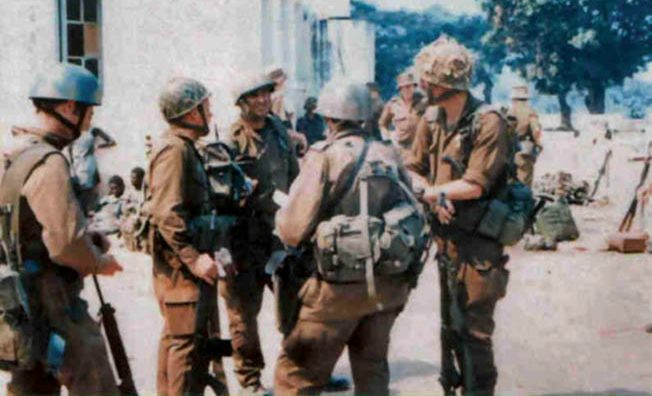
The base was discovered by accident by South African Air Force photoreconnaissance flights, which were looking for watering holes that SWAPO had used previously as bases of operation. The discovery of new SWAPO bases in Angolan towns sent shock waves up the South African chain of command—SWAPO was handing the South Africans a golden opportunity. With the foreknowledge that a new, large-scale SWAPO operation was due to begin in June or July, the South Africans elected to strike first. To lead the paratrooper battalions in the attack, the South Africans selected a veteran of the Angolan bush, Jan Breytenbach.
To hide the operation, code-named Operation Reindeer, the South African Army organized a field exercise, called Operation Quicksilver, of its combined mechanized and paratrooper forces. The plan was unlike any previous operation in Africa. Some 377 paratroopers were split among four companies (Alpha, Bravo, Charlie, Delta) and two independent rifle platoons. The paratroopers were to be dropped from six C-160s, supported by four Canberra bombers, five Buccaneer fighter-bombers, two Mirage fighters for air cover, and a Douglas DC-4 airplane to jam enemy radio communications. Five Super Frelon and 13 Puma helicopters were to be used as the extraction force.
The plan, divided into four phases, was set to begin at 0800 hours on May 1. The first phase, the airdrop itself, would begin five minutes after an aerial bombardment of Cassinga by Canberra and Buccaneer bombers. The second phase would begin with paratroopers forming into two groups, an assault force and a stopper force. Alpha and Bravo Companies would land on the western side of Cassinga, attacking west-to-east into the compound. Charlie and Delta Companies would drop on the eastern and southern sides, respectively, as the stopper force. The two rifle platoons would parachute in north of Cassinga to clear out and hold the northern edge of the village. The second phase would end at 0945. The third phase was the clearing phase, with prisoners rounded up and intelligence gathered. The final phase, extraction, would be undertaken in two shifts. The operation would end at 1200 hours.
In overall command was Maj. Gen. Ian Gleeson, who would remain behind in Namibia during the attack. Breytenbach would drop with his troops, as would the raid’s executive officer, Commandant Lewis Brand. Leading Alpha Company was Captain Gerrit Swart, who had under his command two rifle platoons and two 60mm mortars. Bravo Company, under Captain Hugo McQueen, was composed of two rifle platoons and was equipped with mortars. Charlie Company was under Commandant Monty Forbes and consisted of two rifle platoons. Delta was commanded by Captain Tommy Smit. Alongside the two rifle platoons would be a group of engineers and antitank specialists. The two platoons of riflemen were split between Lieutenants Johan Witt and Piet Botha.
Adapting the Original Plan
The first flights of Buccaneer bombers lifted off from Waterkloof Air Force Base near Pretoria at 0519 on May 4. They were followed by the faster Canberra bombers, both of which would arrive over Cassinga at approximately 0750. The transports lifted off from Grootfontein Air Force Base in Namibia at 0600. The helicopters dusted off at 0600 as well, flying at treetop level to the designated helicopter assembly area, 14 miles east of Cassinga, arriving at 0630 and setting up with fuel bladders for helicopters, a security force, and radio beacons for directional navigation by overhead aircraft.
Two minutes after the supposed beginning of the operation, the Bucs and Canberra bombers began the bombing run. The bombers crossed the village from north to south at 1,000 feet, deluging it with hundreds of antipersonnel bombs. The bombers did significant damage to the parade ground, leaving behind a settlement that was wracked by explosions and burning from the aerial assault. Despite the destruction, antiaircraft guns from the base opened up on the South African paratroopers.
Many paratroopers realized immediately that critical mistakes had been made. Photoreconnaissance flights that followed the discovery of Cassinga had been made at a less than optimum altitude. Intelligence officers who helped plan the operation thought the pictures had been taken at a higher altitude. When planning the crucial drop between Cassinga and the nearby river, they believed the paratroopers would have more room. Compounding the mistake, the drop began three seconds late. The pilots of the transports couldn’t see the drop zones because the roiling smoke from Cassinga was obscuring the landing zones. A gusting northeastern wind shifted the paratroopers to the southwest. Two-thirds landed east of the river. Much of Bravo Company ended up on the west side of the river with the battalion staff.
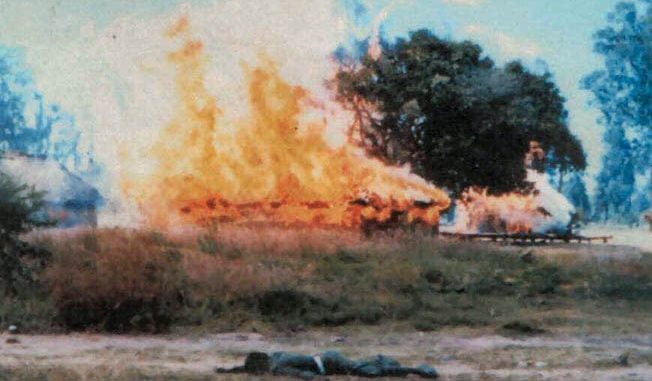
Breytenbach, arriving on the eastern bank, was immediately aware of the dire situation. The timeline of Phase 1 called for the paratroopers to regroup in 15 minutes for an assault on Cassinga. The impossibility of that plan resulted in a change in the advance. Rather than moving west to east, the two assault companies would strike northeast and move south to north when clearing the town. Alpha Company and Swart, already across the river, moved northeast, clearing SWAPO pockets as quickly as possible. Following close behind were Breytenbach and a mix of Alpha and Bravo paratroopers and mortars.
SWAPO leaders, many of whom were exiting Cassinga following the brutal aerial strike, failed to organize a significant defense of the base. Demoralized by the sudden strike and without any clear direction, SWAPO guerrillas only served as temporary speed bumps for the advancing, better-armed paratroopers.
The company under Forbes dropped east of Cassinga. The wind resulted in a drop two miles farther south than planned. Disoriented, Forbes wasted crucial time moving south and rendezvousing with Delta Company under Smit. Returning north, Charlie Company deployed 45 minutes late on the east side of Cassinga, becoming increasingly frustrated while waiting for orders from Breytenbach.
The Raid on Cassinga Begins
Delta Company landed to the west, regrouped, and proceeded to clear out the engineering complex. Using antitank rockets, grenades, and rifles, Delta Company proceeded to clear out the buildings, driving most of the SWAPO guerrillas into the bush to the south. The closest that Delta Company came to danger was when a nearby ammunition dump exploded and Bravo Company troops began to fire mistakenly on Delta Company paratroopers. After organizing their fire zones, Smit’s men were able to clear out several hidden bunkers and set out land mines and kill zones for their antitank rockets.
The two independent platoons, dropping to the north, actually landed on top of their objectives. Botha’s platoon was able to easily clear out the veterans’ camp and proceeded to move southeast to the trenches at Cassinga. Witt dropped onto a housing complex to the north that was also cleared out quickly. Establishing a roadblock on the northern road, Witt moved south, linked up with Botha, and continued to move south, reaching the trench complexes defending Cassinga. Witt’s platoon clambered into the trenches and used rifles and grenades to clear them out.
The raid on Cassinga was to be completed at 0945. At that time, however, Alpha and Bravo Companies were still mounting an assault after moving north and linking up with Delta Company. Witt’s platoon was involved in the trench battle, and Charlie Company was growing increasingly restive as it waited for further orders. All around, SWAPO troops were putting up last-ditch stands across the battlefield.
Bravo Company met limited resistance as the paratroopers methodically cleared out Cassinga’s southern houses, capturing the hospital and SWAPO guerrillas. Charlie Company moved into the attack, assaulting the trenches on the east side of Cassinga and discovering escape trenches used by SWAPO to evade the ring of paratroopers. Methodically sweeping the trenches, Forbes’s men cleared out eastern Cassinga.
The two displaced companies, having moved northeast to reach Cassinga, split into two formations. Alpha Company and Breytenbach began an attack across the open bush to the west of Cassinga, clearing out the vehicle park but becoming pinned down by 14.5mm antiaircraft guns. The air cover—Mirage III fighters, Canberra bombers, and Buc fighter-bombers—was unable to strike so close to their own troops.
Brand, following Bravo Company, established field headquarters in the captured hospital. McQueen had Bravo Company move to outflank the antiaircraft gun, but the sweeping fire kept them from getting close to the emplacement. Brand had Delta Company move north to support Alpha and Bravo. As they approached the antiaircraft gun, the firing began to slacken after its operators were killed by mortar fire.
Extraction Under Fire
With the destruction of the antiaircraft gun and the elimination of the last serious threat to the paratroopers, the troops began to reorganize for extraction and intelligence gathering. Upon completion of the roundup of intelligence and prisoners, the primary complexes were to be blown by demolition teams. Brand called in helicopters for extraction. The extraction was supposed to begin with Bravo Company, but Brand ordered the wounded taken out first. Twelve Puma helicopters arrived and began the extraction process. The windy morning had given way to a dusty and hot afternoon.
As the helicopters withdrew, the airborne Bucs and Canberra bombers sighted an approaching column of Cuban tanks and trucks. The Cuban advance threw the South Africans into a flurry of activity. A second helicopter lift was called in and the paratroopers recalled to the eastern landing zone. Between them and the advancing Cuban column was a line of antitank gunners and the South African Air Force. The Cuban column was led by five T-34 tanks and a large number of BTR-152armored personnel carriers.
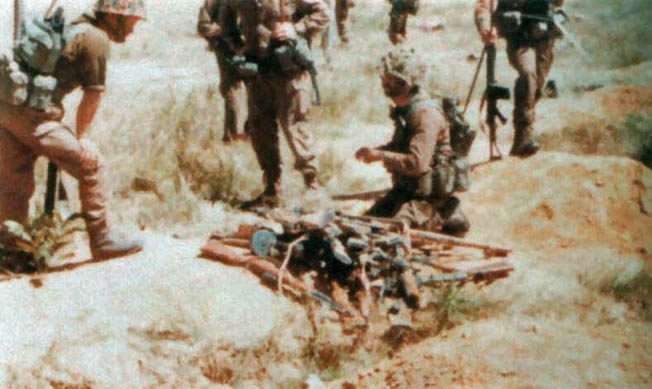
Overhead, Buccaneer bombers and Mirage fighters bombed and strafed the approaching column. The fighters and bombers successfully destroyed or disabled a number of BTR-152s, forcing them to take cover in the woods and brush. A T-34 was blown apart by antitank rockets from the Delta Company stopping force. As another T-34 struck a mine and exploded, the remaining T-34s moved north off the road, heading in the direction of the last helicopters. The stopping force fell back and joined with the remaining mixed companies of paratroopers, waiting for their deliverance. The Super Frelon and Puma helicopters poured in to pick up the paratroopers. Bursting through the brush and bush behind the paratroopers were a pair of T-34 tanks. Once within range of the cannons, the T-34s stopped and opened fire.
Despite the imminent danger of being annihilated at point-blank range, the helicopters landed, loaded up, and began to lift off, burdened with paratroopers. Two other helicopters circled Cassinga in the afternoon sun to look for survivors, as the remaining Super Frelons and Pumas flew low over the Angolan bush to Namibia. Cassinga was finally abandoned by the South African paratroopers. The town was a burning wreck, occupied by a decimated Cuban mechanized battalion. Later that night, MPLA forces showed up to reclaim the town.
Military Victory, Public Relations Disaster
The Cassinga raid achieved many of its military aims. The destruction of the SWAPO base set back the guerrilla organization for several months and prevented an impending infiltration of the border area. The raid’s political implications were a different matter. SWAPO press releases portrayed the camp as a refugee post that was struck by the South Africans out of brutal apartheid rage. The SWAPO accounts included images of dead women and children and vivid descriptions of the brutal slaughter, which claimed the lives of some 150 Cuban soldiers and a disputed number of other soldiers and civilians. A Red Cross report later found that the camp was a mixture of refugees and guerrilla fighters—it was impossible to say how many of each.
Whatever the ultimate truth of the matter, the raid was a public relations disaster for the South African government. The international world began to impose sanctions on South Africa, initiating the eventual death of the apartheid state. In Namibia, an annual Cassinga Day on May 4 commemorates the raid and its victims. Conflicting celebrations in South Africa stressing the paratroopers’ brutally effective raid were discontinued after Nelson Mandela became president in 1994.
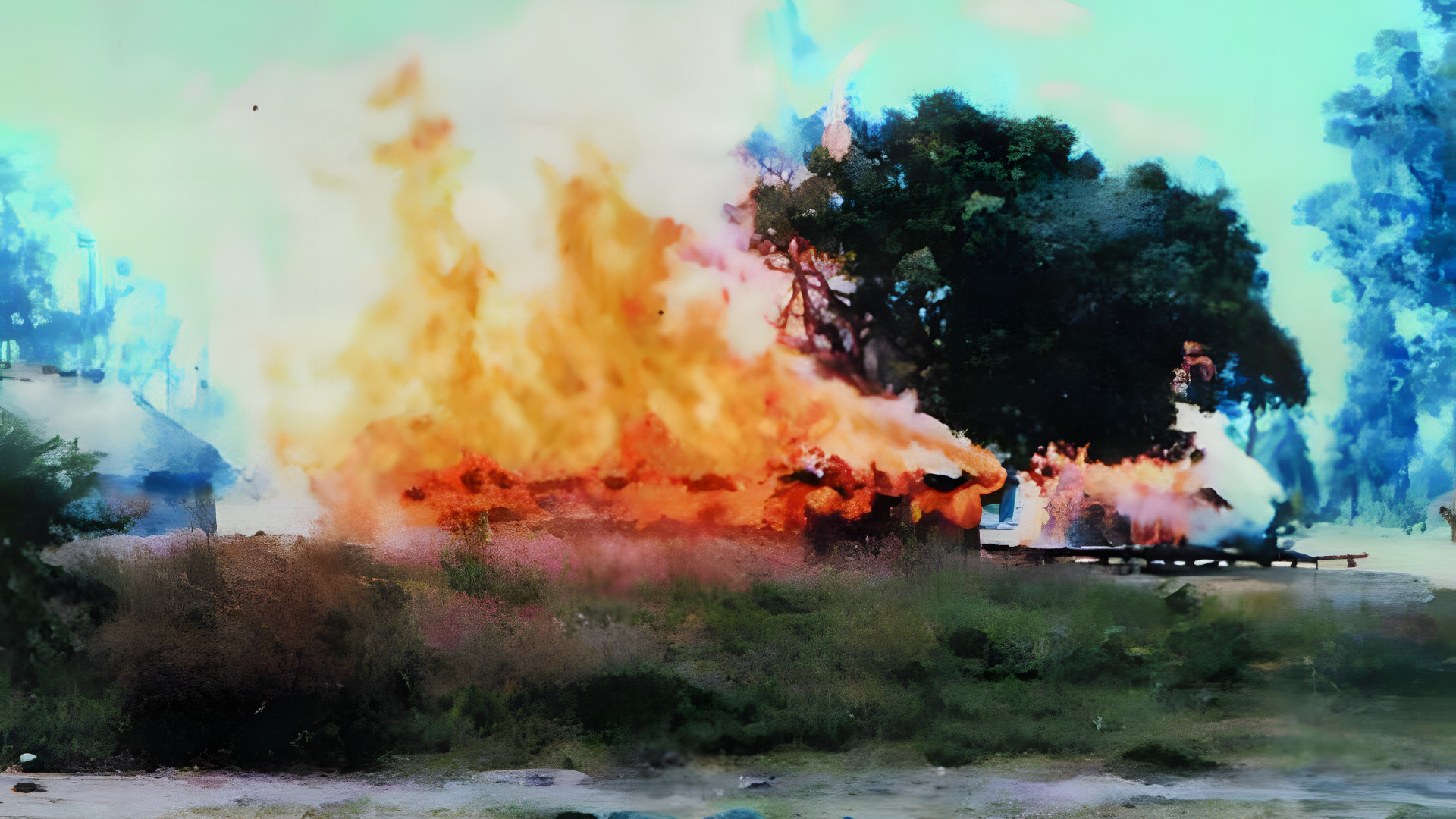
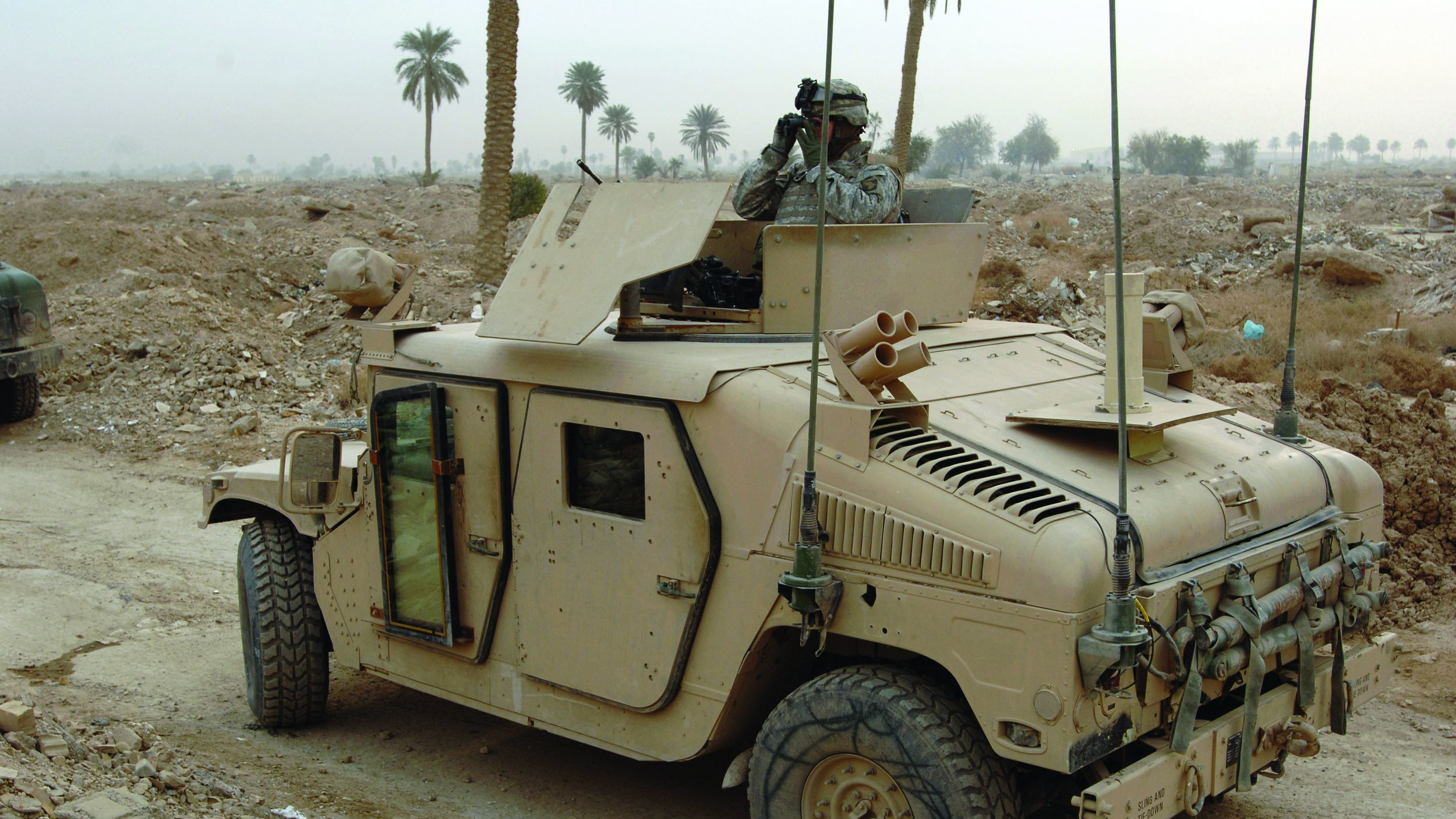
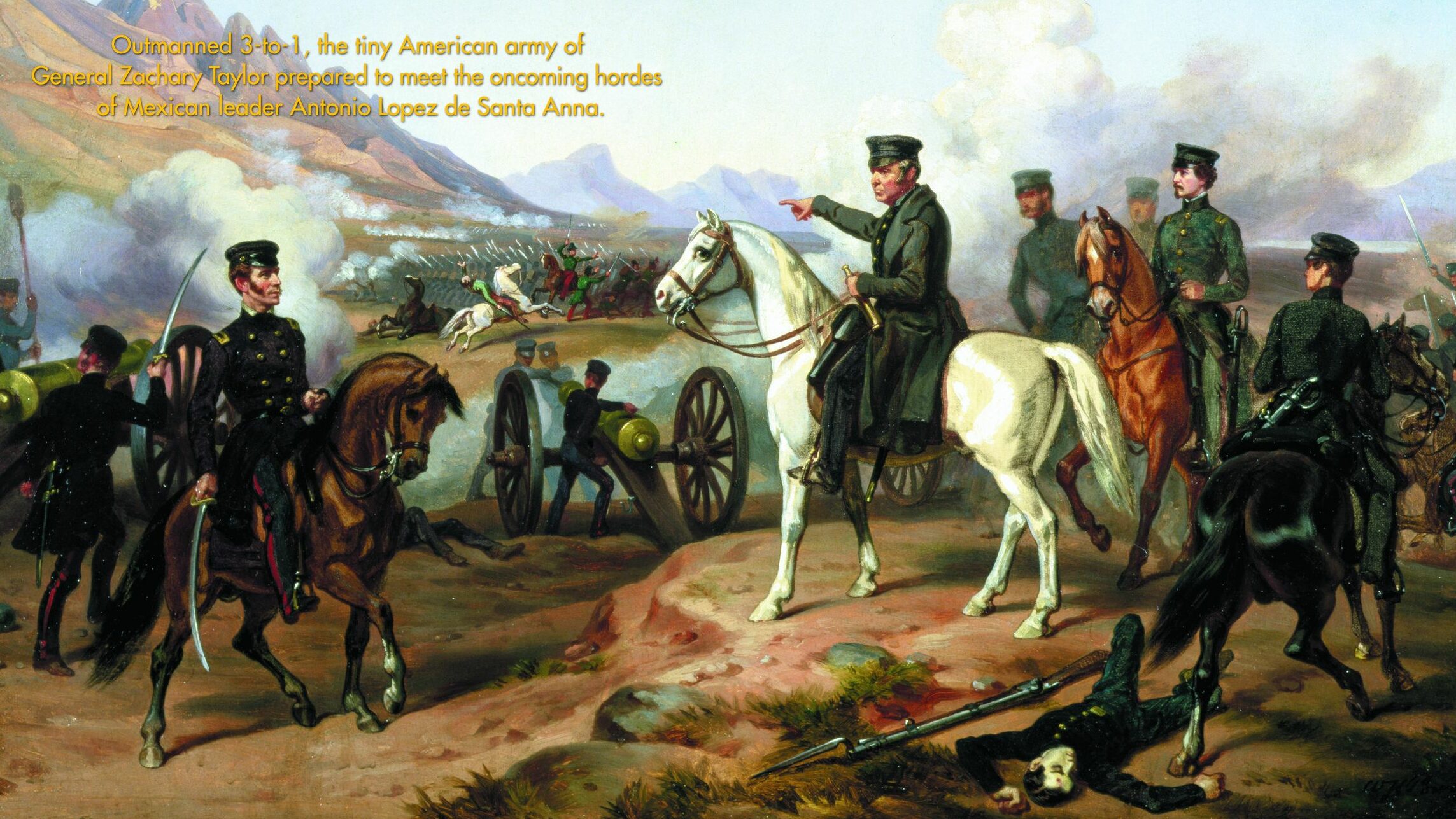
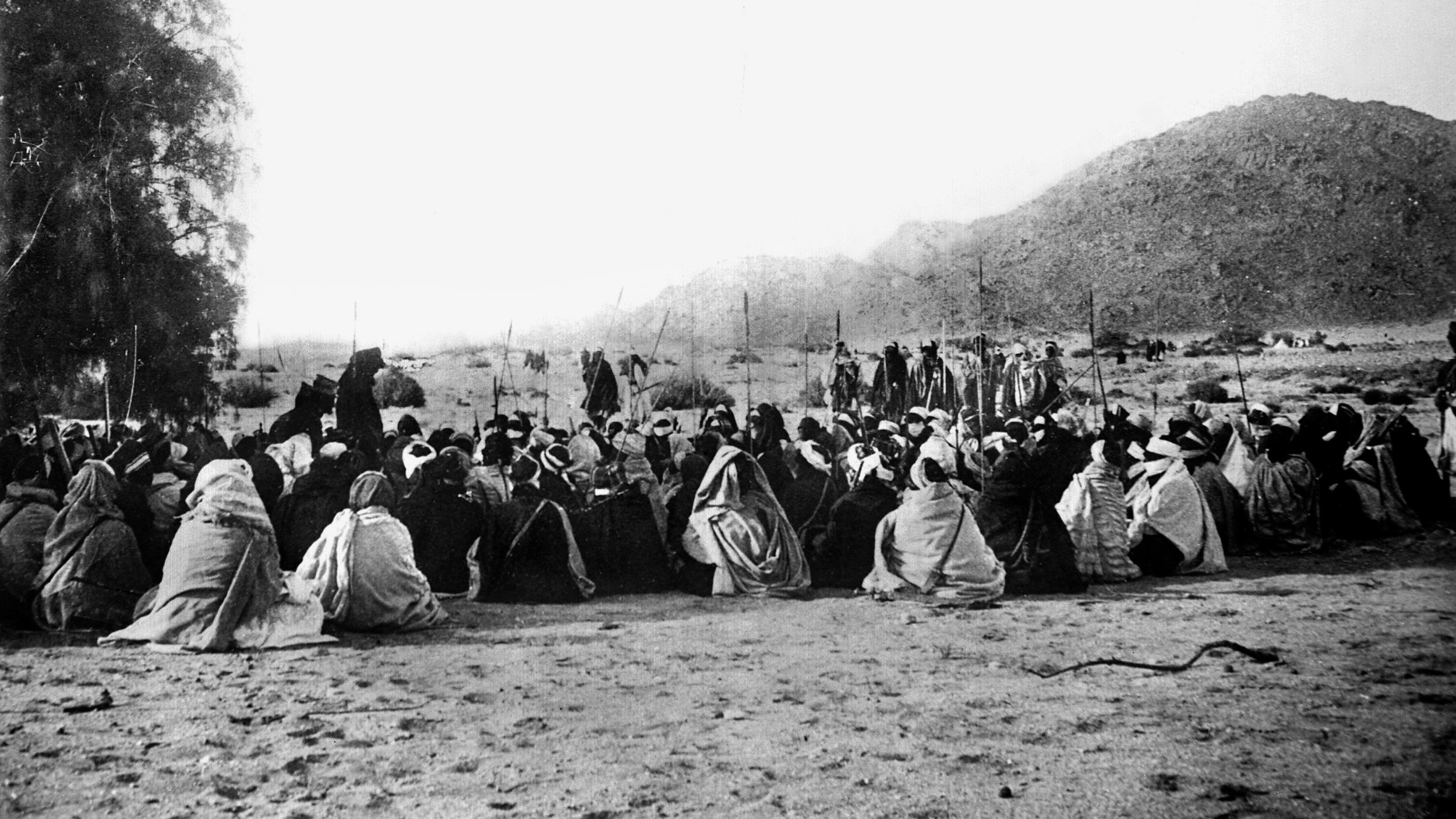
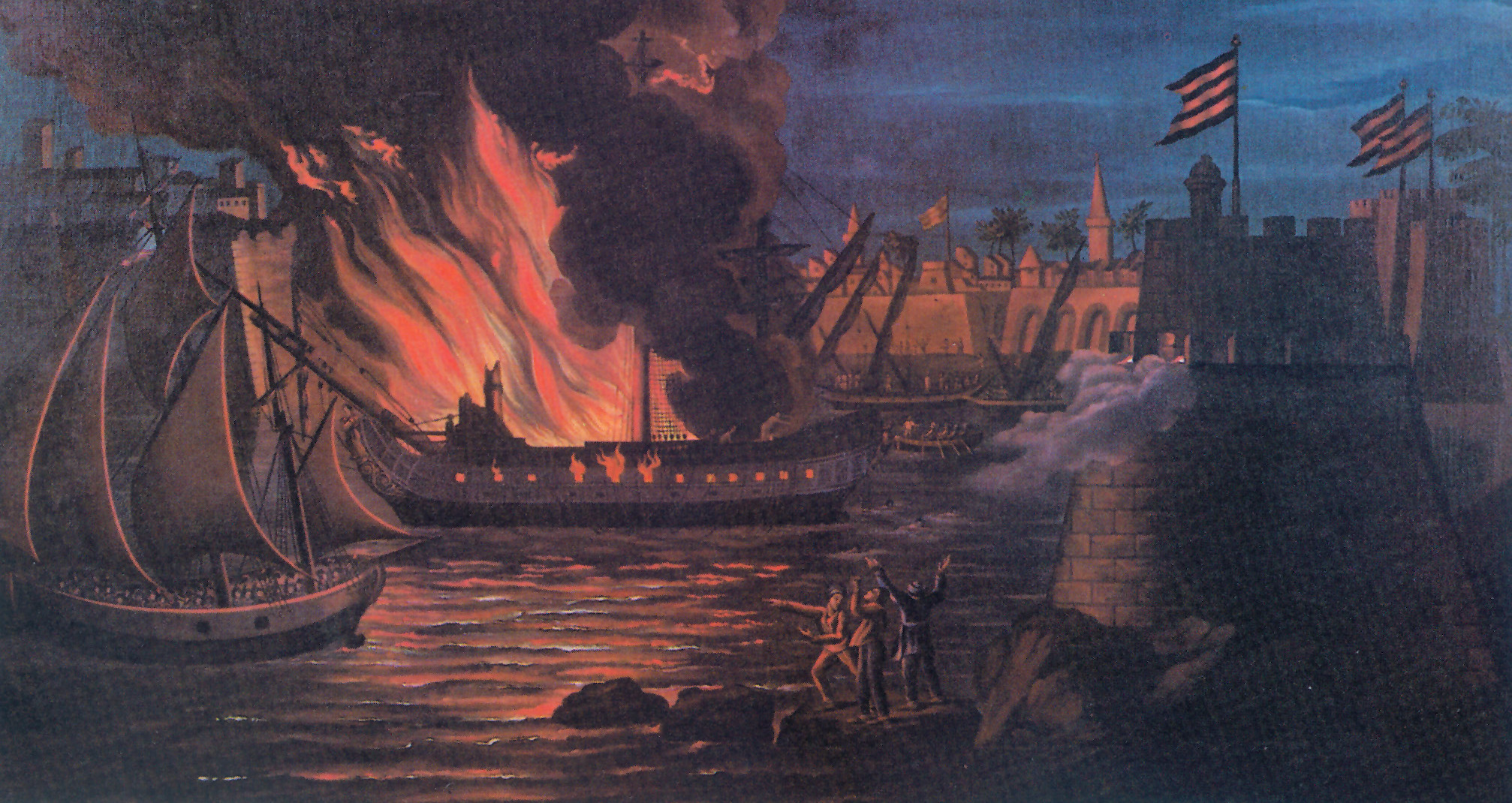
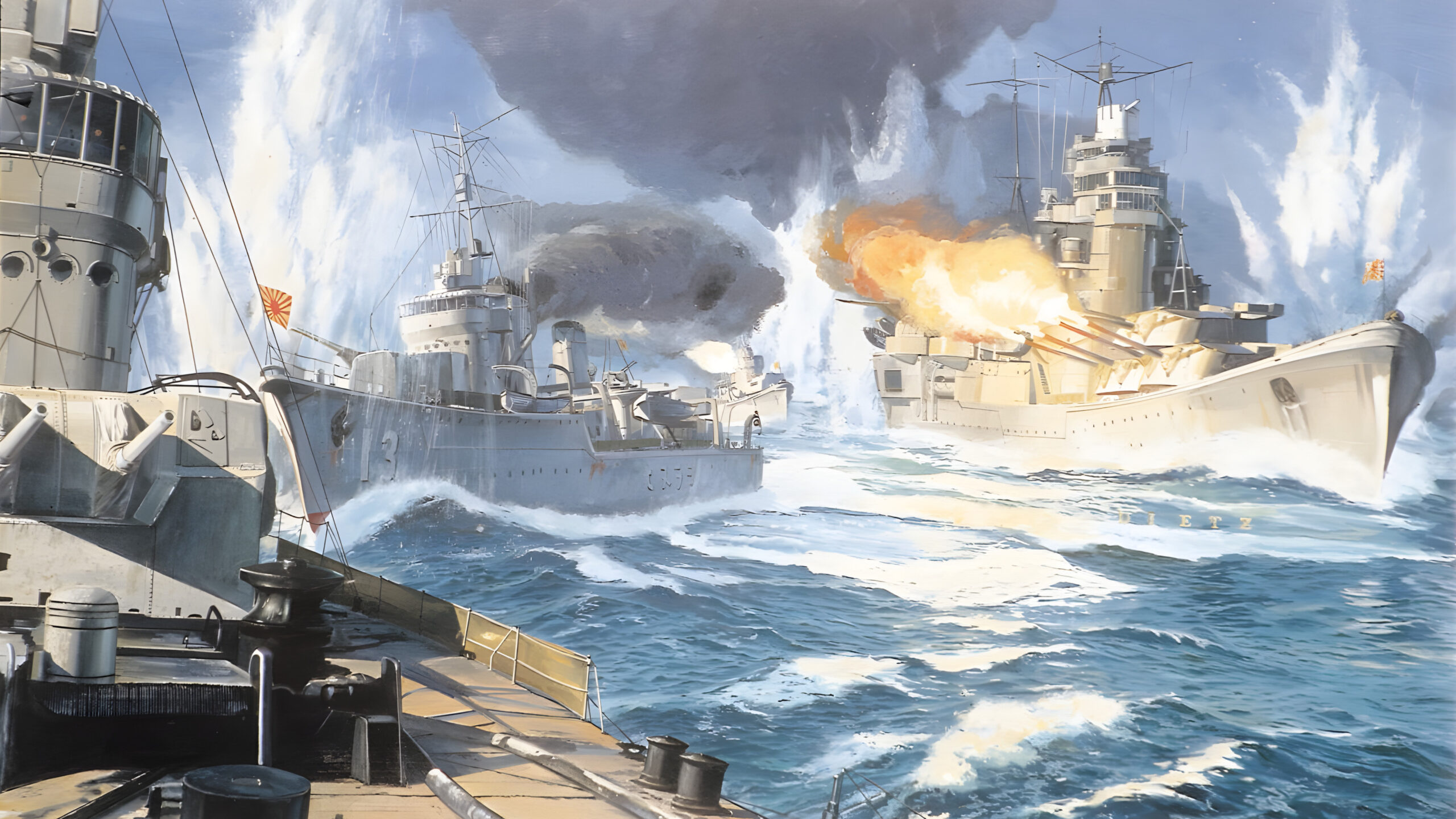

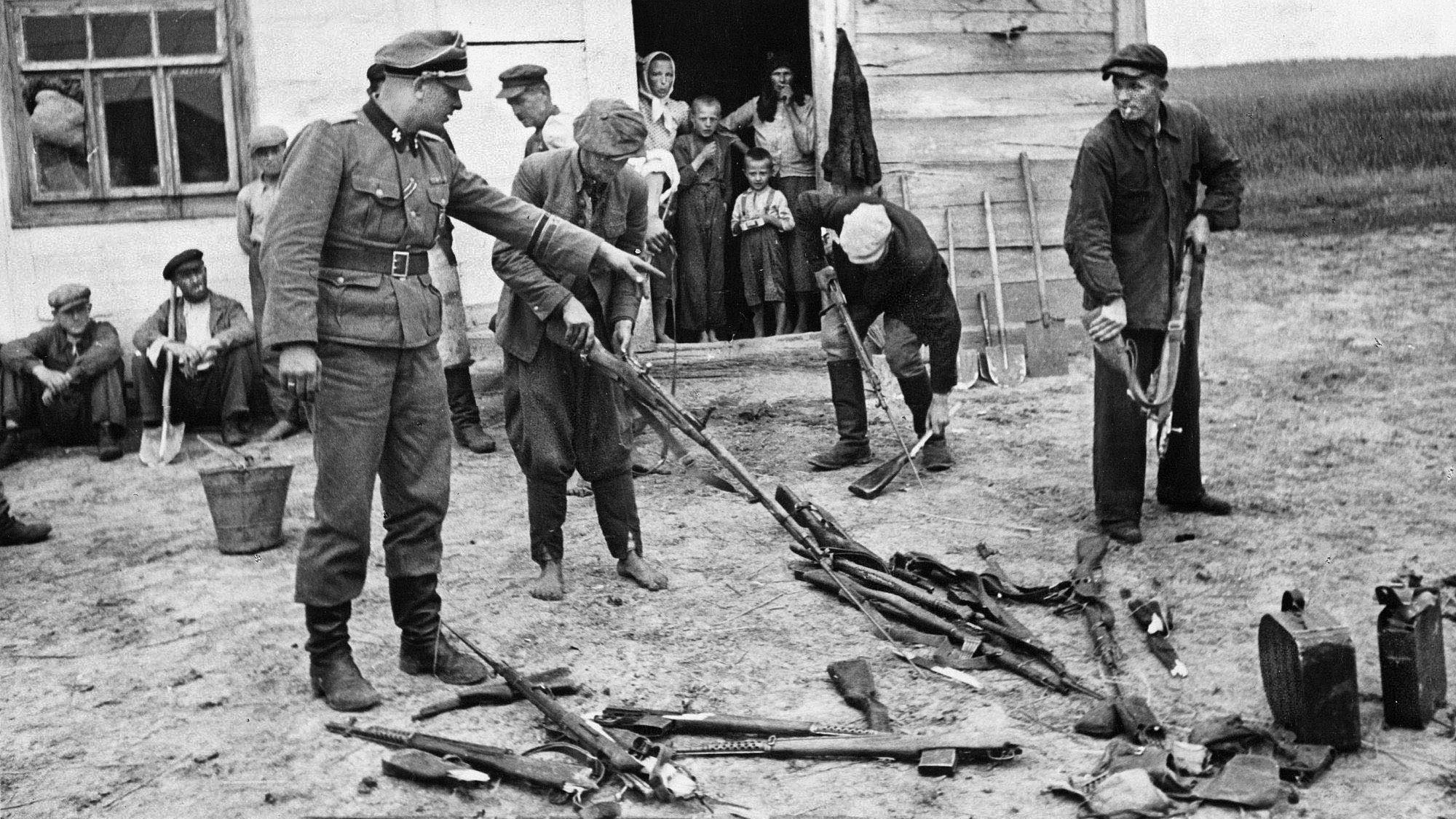
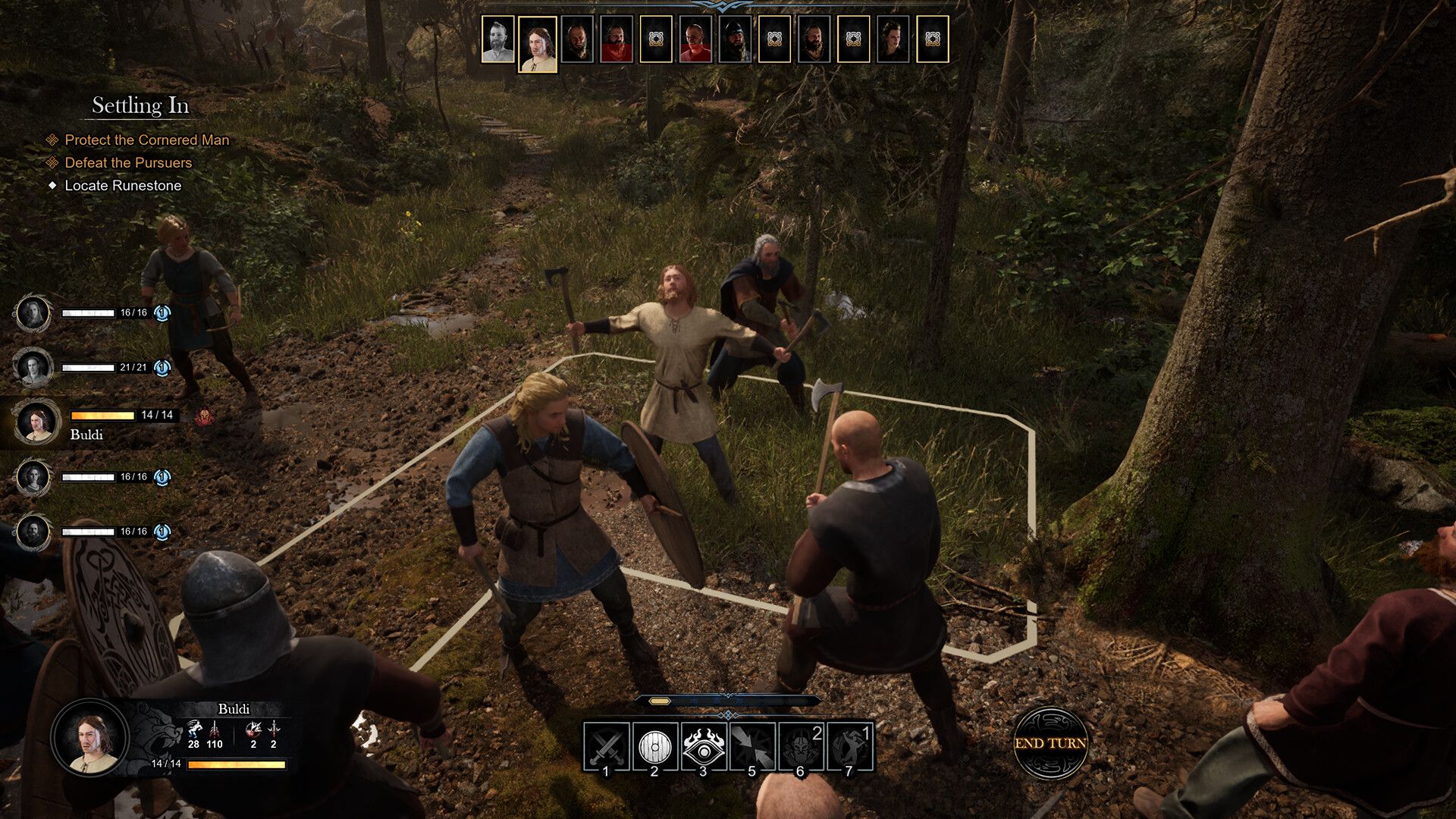
Join The Conversation
Comments
View All Comments